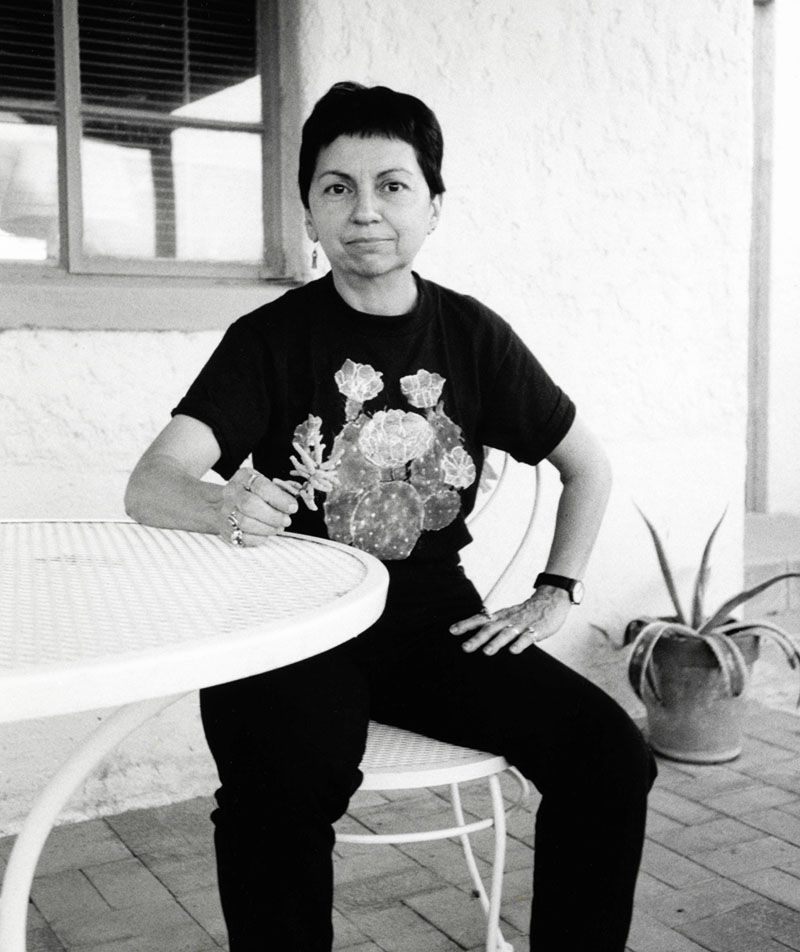Art
September 24, 2021
National Hispanic Heritage Month! MCA Denver Staff Shares Their Influential Artists & Creators
We celebrate National Hispanic Heritage Month from September 15 through October 15, marking a time to honor and recognize the contributions, achievements and diverse cultures of the Hispanic American community.
Rather than starting at the beginning of September, National Hispanic Heritage Month takes place over 30 days acknowledging the anniversaries of national independence for Latin American countries; Costa Rica, El Salvador, Guatemala, Honduras and Nicaragua, who recognize September 15 as the date of their independence; Mexico, which celebrates its independence on September 16, and Chile which celebrates independence on September 18.
Throughout the month, we asked MCA Denver staff to share artists/creators who have impacted their lives, as well as those that have made an influence on arts and culture in the U.S..
Rachel Grammes - Marketing & Content Coordinator
Gloria Anzaldúa

What is an artist/creator that has been an influence in your life?
Gloria Anzaldúa is a queer Chicana poet, writer, and feminist theorist who challenges and offers alternatives to many of the sociopolitical issues we confront to this day: hegemonic paradigms, colonialism, patriarchal society, binary thinking, and both physical and spiritual borderlands. I was introduced to Gloria Anzaldúa in a Chicana Feminism course when I was completing my Women and Gender Studies minor in college, and her work has gripped me since I first read her book, Borderlands/La Frontera: The New Mestiza.
Share and discuss your favorite work from this artist/creator?
One of my favorite books by Gloria Anzaldúa is Light in the Dark/Luz en lo Oscuro: Rewriting Identity, Spirituality, Reality. In this work—and others—she discusses one of her best-known concepts: “mestiza consciousness” or “mestizaje.” Mestizaje is the Spanish word for “mixture”and in Anzaldúa’s work, refers to the idea of transformed combinations and embracing ambiguity. Through her writing—that is both stunningly poetic and political—she illuminates how the reality of mestizaje works against rigid structures that place folx into fixed categories. Mestizaje, this both/and way of being, resists dualistic, us versus them thinking that often leads to oppressive, violent action against marginalized groups.
In Luz en lo Oscuro, she writes, “We must push against any boundaries that have outlived their usefulness. Rigid borders hinder communication and prevent us from extending beyond ourselves.” I think it’s crucial that we, collectively, revisit her work time and time again as it continues to be deeply relevant in our continued fight against systemic oppression and our questions around who we want to be and how we want to live together.

Share some resources for us to learn more!
Gloria Anzaldúa: Reflections from the Borderlands